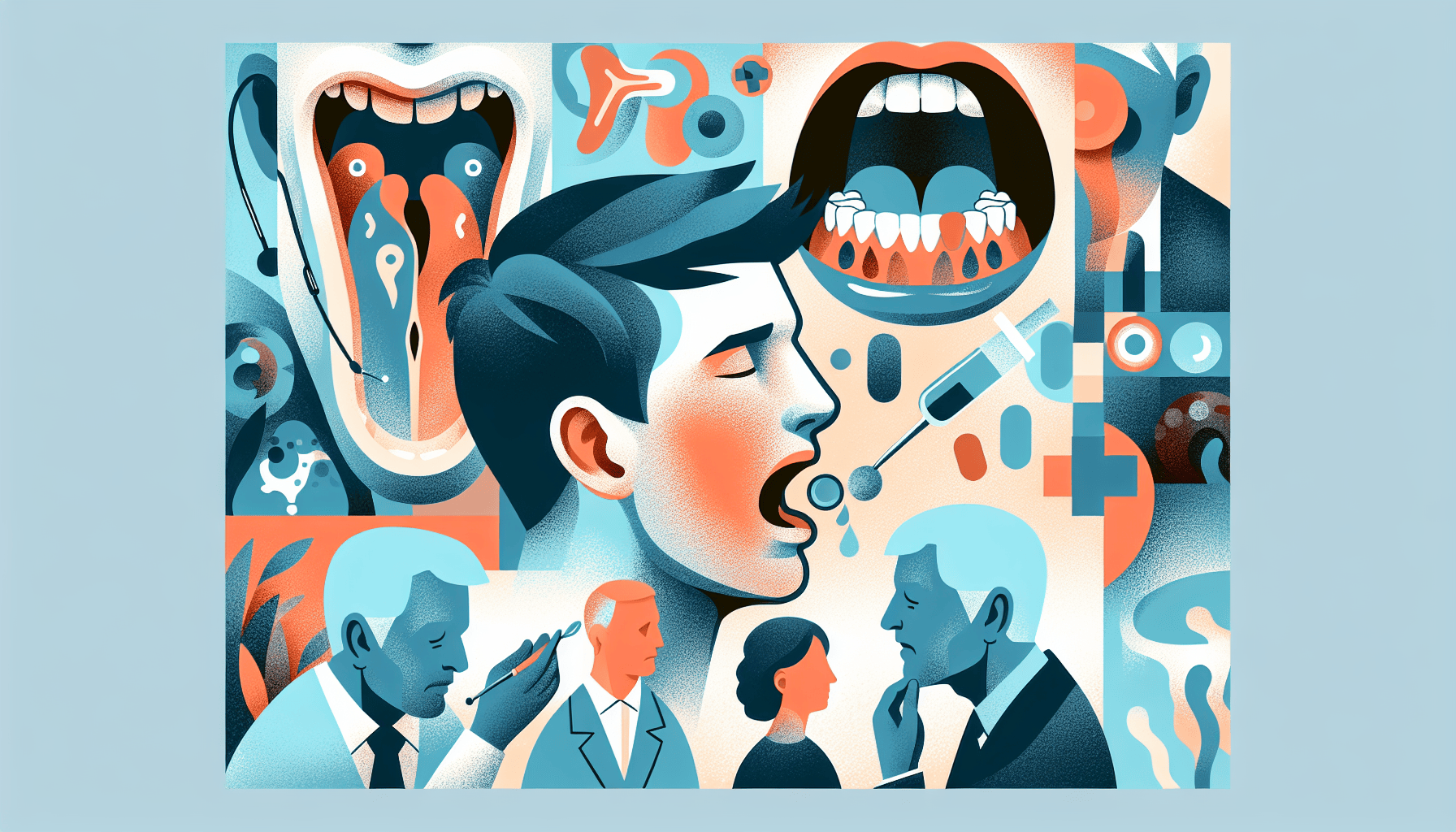Tirzepatide for Sleep Apnea - Can It Help?
Understanding Sleep Apnea and Its ChallengesSleep apnea is a common yet serious sleep disorder characterized by repeated interruptions in breathing during sleep. These pauses [...]
Read More
Medically reviewed by Abhijit Bhattacharyya | MD, PhD, MBA, Tufts University School of Medicine - Miami, Florida on April 14th, 2024.
Oral lichen planus is a chronic condition that affects the mouth, causing symptoms such as white patches, redness, and swelling. While it is not contagious, anyone can develop oral lichen planus, with women and people over 40 being more commonly affected. In this article, we'll explore the causes, symptoms, and treatment options for managing oral lichen planus.
The exact cause of oral lichen planus is not known, but several factors may contribute to its development:
Genetic predisposition
Immune system dysfunction
Hepatitis C infection
Additionally, certain triggers can cause oral lichen planus to develop or worsen, including:
Certain medications
Reactions to dental materials
Mouth injuries or irritation
Food allergies
Infections
Oral lichen planus symptoms may develop gradually or appear suddenly. Early signs may include:
Mouth dryness
Metallic or burning taste in the mouth
As the condition progresses, you may notice:
White patches on the tongue, cheeks, and gums
Redness and swelling
Peeling or blistering of the affected areas
These sores can be painful, especially when consuming spicy, salty, acidic, or alcoholic foods and beverages. Crispy foods and caffeinated drinks may also cause discomfort.

To diagnose oral lichen planus, your doctor may perform a biopsy by removing a small piece of affected skin from your mouth for laboratory analysis. Blood tests may also be ordered to rule out other conditions with similar symptoms. Learn more about the diagnosis of oral lichen planus.
Treatment for oral lichen planus depends on the severity of your symptoms. Mild cases may not require treatment, while more severe cases may benefit from:
Corticosteroid creams or pills
Immunosuppressive medications, such as calcineurin inhibitors (topical) or systemic medications (oral)
It's important to note that calcineurin inhibitors carry an FDA warning due to a potential increased risk of cancer. Discuss the benefits and risks of these medications with your doctor. For more information on treatment options, visit the National Institute of Dental and Craniofacial Research.
In addition to medical treatment, there are several steps you can take to manage oral lichen planus and prevent flare-ups:
Avoid trigger foods and drinks, such as spicy, citrus, hot, or cold items
Manage stress levels
Address dental issues, such as sharp teeth or damaged fillings
Maintain good oral hygiene
Use a mild toothpaste and soft toothbrush
Attend regular dental check-ups
Monitor your symptoms and report any changes to your doctor
Due to a slight increased risk of oral cancer associated with oral lichen planus, it's crucial to undergo oral cancer screenings every 6 to 12 months. Maintaining a healthy diet rich in fruits and vegetables, quitting smoking, and limiting alcohol consumption can also help promote overall oral health. For more tips on managing oral lichen planus, consult the American Academy of Dermatology Association.
By understanding the causes, symptoms, and treatment options for oral lichen planus, you can work with your healthcare provider to effectively manage this chronic condition and maintain good oral health.
Understanding Sleep Apnea and Its ChallengesSleep apnea is a common yet serious sleep disorder characterized by repeated interruptions in breathing during sleep. These pauses [...]
Read MoreHeart attacks are often perceived as a predominantly male health issue, but the reality is that heart disease is the leading cause of death for women worldwide. Recognizing [...]
Read MoreTelehealth has transformed the way patients access healthcare, offering convenience, speed, and accessibility that traditional in-person visits often cannot match. With the [...]
Read More